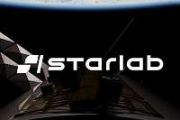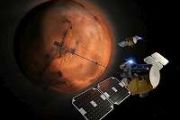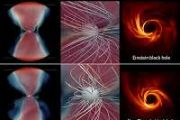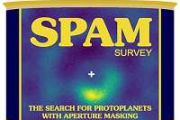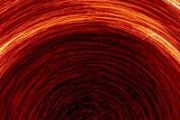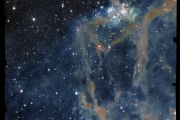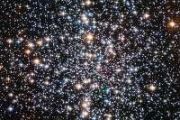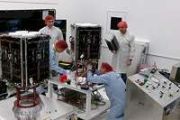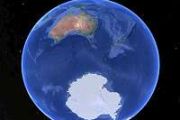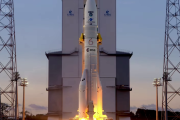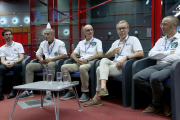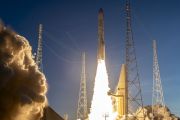
Copernical Team
SBIRS GEO-6 Space Vehicle completes production
 Space Systems Command's (SSC) Production Corps achieved a major milestone with the completion of the final Space Based Infrared System (SBIRS) satellite, SBIRS Geosynchronous Earth Orbit (GEO)-6 on Sept. 2 at Lockheed Martin's Sunnyvale, California production facility.
SBIRS GEO-6 will begin final preparations for a scheduled launch in the first half of 2022 on a United Launch Alliance Atl
Space Systems Command's (SSC) Production Corps achieved a major milestone with the completion of the final Space Based Infrared System (SBIRS) satellite, SBIRS Geosynchronous Earth Orbit (GEO)-6 on Sept. 2 at Lockheed Martin's Sunnyvale, California production facility.
SBIRS GEO-6 will begin final preparations for a scheduled launch in the first half of 2022 on a United Launch Alliance Atl Space Systems Command awards $46.5 million contract for meshONE-Terrestrial
 The U.S. Space Force's Space Systems Command's (SSC) Cross-Mission Ground and Communications Enterprise (ECX) has awarded a cost-plus fixed fee contract totaling $46.5 million to Sev1Tech LLC of Woodbridge, Virginia. The contract was awarded through the Space Enterprise Consortium (SpEC) Other Transaction Authority (OTA) agreement for meshONE-T.
This prototype effort will deploy and demons
The U.S. Space Force's Space Systems Command's (SSC) Cross-Mission Ground and Communications Enterprise (ECX) has awarded a cost-plus fixed fee contract totaling $46.5 million to Sev1Tech LLC of Woodbridge, Virginia. The contract was awarded through the Space Enterprise Consortium (SpEC) Other Transaction Authority (OTA) agreement for meshONE-T.
This prototype effort will deploy and demons UAE spacecraft to explore asteroid belt after Mars success
 The United Arab Emirates will launch a spacecraft to explore a major asteroid belt between Mars and Jupiter, officials said Tuesday, after a UAE probe reached the red planet early this year.
The five-year journey from 2028 will traverse 3.6 billion kilometres (2.2 billion miles), with the unmanned craft drawing on gravity assists from Earth and Venus to reach the main asteroid belt beyond Ma
The United Arab Emirates will launch a spacecraft to explore a major asteroid belt between Mars and Jupiter, officials said Tuesday, after a UAE probe reached the red planet early this year.
The five-year journey from 2028 will traverse 3.6 billion kilometres (2.2 billion miles), with the unmanned craft drawing on gravity assists from Earth and Venus to reach the main asteroid belt beyond Ma Is new finding an asteroid a comet or both
 The newest known example of a rare type of object in the Solar System - a comet hidden among the main-belt asteroids - has been found and studied, according to a new paper by Planetary Science Institute Senior Scientist Henry Hsieh. Discovered to be active on July 7, 2021, by the Asteroid Terrestrial-Impact Last Alert System (ATLAS) survey, asteroid (248370) 2005 QN137 is just the eighth main-be
The newest known example of a rare type of object in the Solar System - a comet hidden among the main-belt asteroids - has been found and studied, according to a new paper by Planetary Science Institute Senior Scientist Henry Hsieh. Discovered to be active on July 7, 2021, by the Asteroid Terrestrial-Impact Last Alert System (ATLAS) survey, asteroid (248370) 2005 QN137 is just the eighth main-be First planet to orbit 3 Stars discovered
 In a distant star system - a mere 1,300 light years away from Earth - UNLV researchers and colleagues may have identified the first known planet to orbit three stars.
Unlike our solar system, which consists of a solitary star, it is believed that half of all star systems, like GW Ori where astronomers observed the novel phenomenon, consist of two or more stars that are gravitationally boun
In a distant star system - a mere 1,300 light years away from Earth - UNLV researchers and colleagues may have identified the first known planet to orbit three stars.
Unlike our solar system, which consists of a solitary star, it is believed that half of all star systems, like GW Ori where astronomers observed the novel phenomenon, consist of two or more stars that are gravitationally boun Lockheed Martin opens intelligent, advanced hypersonic strike production facility
 Lockheed Martin is breaking barriers in hypersonic technology, adding to its world-class portfolio another milestone with the grand opening of an advanced production facility in Courtland, Alabama, focused on hypersonic strike production. Capitalizing on critical digital factory capabilities to deliver this technology, the corporation is working closely with the U.S. Department of Defense (DOD)
Lockheed Martin is breaking barriers in hypersonic technology, adding to its world-class portfolio another milestone with the grand opening of an advanced production facility in Courtland, Alabama, focused on hypersonic strike production. Capitalizing on critical digital factory capabilities to deliver this technology, the corporation is working closely with the U.S. Department of Defense (DOD) Russian actress, director enter space station to film movie
 A Russian actor, director and cosmonaut entered the International Space Station Tuesday, where they will stay nearly two weeks to film the first full-length movie shot in space.
The newcomers came aboard the space station just after 11 a.m. EDT. Cosmonaut Anton Shkaplerov, who piloted the Soyuz spacecraft, entered first, followed by actress Yulia Peresild and director Klim Shipenko.
A Russian actor, director and cosmonaut entered the International Space Station Tuesday, where they will stay nearly two weeks to film the first full-length movie shot in space.
The newcomers came aboard the space station just after 11 a.m. EDT. Cosmonaut Anton Shkaplerov, who piloted the Soyuz spacecraft, entered first, followed by actress Yulia Peresild and director Klim Shipenko. A European push to the Moon
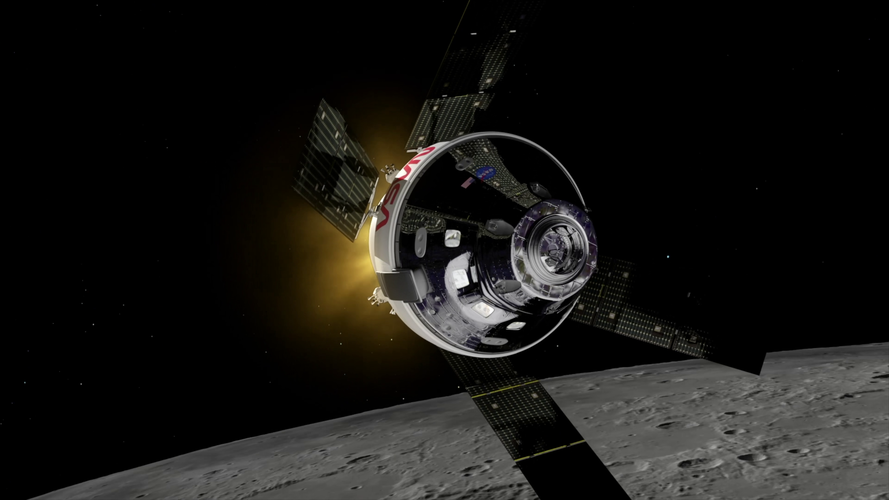 Video:
00:03:50
Video:
00:03:50
The European Space Agency is playing a vital role in humankind’s return to the Moon. In a few months NASA will launch Artemis I from the Kennedy Space Center. The uncrewed mission will carry NASA’s Orion spacecraft incorporating ESA’s European Service Module (ESM-1), built and tested by Airbus Bremen, in Germany, with the help of 10 European nations. ESM-1’s main engine and 32 thrusters will propel Orion into orbit around the Moon and return it to Earth.
As Artemis I prepares for launch, the second European Service Module (ESM-2) is about to ship to the US with ESM-3
Visitors with disabilities at ESA Open Day
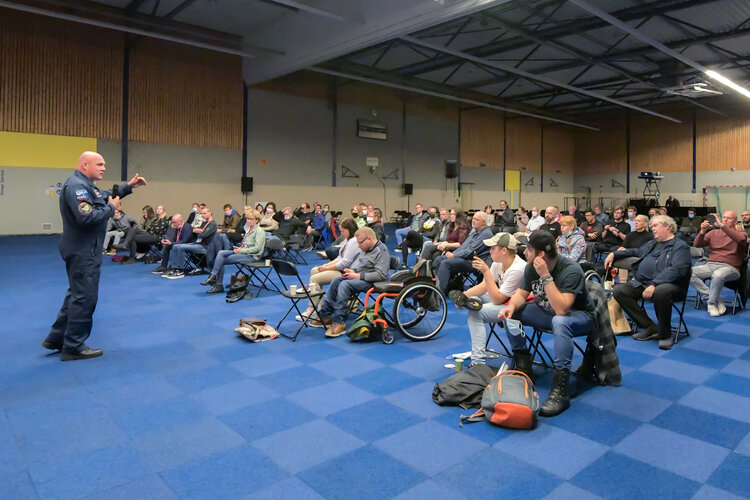 Image:
Visitors with disabilities at ESA Open Day
Image:
Visitors with disabilities at ESA Open Day Watch live: briefings for next Space Station mission
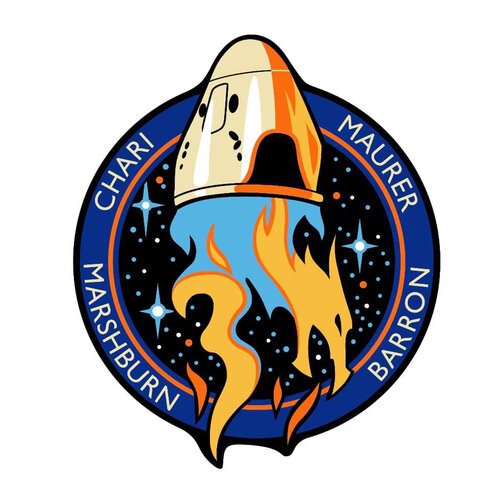
Learn the latest about the launch of Crew-3 to the International Space Station during two virtual briefings this Wednesday 6 and Thursday 7 October live on ESA Web TV Two.


